"The work is now done much more quickly. We have been waiting for this for years."
Who?
Klaas Ane Jellema
Dairy Farmer
Where?
Gärds Köpinge, Sweden
About the farm
- 400 dairy cows, over 330 are being milked by 5 robots
- 250 youngstock
- 120 dry cows and pregnant yearlings
- 200 hectares of land
- 3 full time employees
Nedap solutions
Results
Live in the solution
Nedap CowControl saves time every day
Since 2013, Klaas Ane Jellema has been using six robotic milkers for his herd of 400 cows on his farm in Sweden. The milking went smoothly from the start, but heat detection and tracking down cows became more and more of a stumbling block for Klaas Ane and his three employees.
“Nedap CowControl with Heat Detection, Cow Locating and Health Monitoring save me a great deal of time each day as the work can be done much more efficiently.”
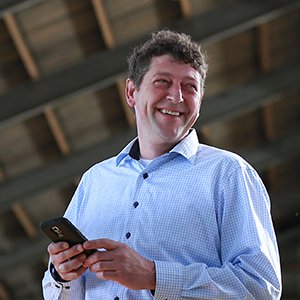
What does your farm's future look like?
A feeding station that's capable of milking
In 2006, Jellema (47), his wife Jacomien (46) and their four children moved to Sweden. Their farm with 60 cows in Friesland offered too few prospects. In Gärds Köpinge they found a farm with 120 cows and sufficient development potential. Just one year later, they were milking 180 cows using 3 Lely robots. The next step came in 2013 when they started using a new barn for 380 cows, featuring six robots.
Jellema had the new dairy barn built fully in line with his own insights. The dairy farmer wanted the robots to be fully accessible, so that the hierarchy would have little to no influence on accessing the robots. “I always say that a robot is actually a feeding station that is also capable of milking. Your approach will completely change once you have made that mental shift,” Jellema says. “Think about how you want feeding stations to be distributed throughout the barn so each animal in the herd has easy access to them.
Jellema:
"We were missing too many cows in heat"
The cows have been split into four groups: two groups of 65 heifers each and two groups of 130 dairy cows each. The dairy farmer is enthusiastic about how well the free cow traffic is working. A cow is milked 2.8 to 3 times on average, and he only has to manually collect between 1.5 and 2 per cent of his cows to go through the robot.
However, Jellema and his team noticed that heat detection suffered as the size of the herd increased. “My three workers are great guys, but heat detection remains a skill in itself,” Jellema says. “We were quite simply missing too many cows in heat.”

Klaas Ane:
"Combination of Heat Detection, Health Monitoring and Cow Locating was the right option."
For a little while, Jellema looked for a worker with specific expertise in breeding and fertility, but he was unable to find a candidate. This made him decide to switch to a heat detection system. Since cow recognition in the Lely system is based on Nedap technology, Nedap Heat Detection was a seamless fit.
“It provided us with the right option straightaway,” the dairy farmer explains. “All the more so because it is possible to combine Heat Detection with Health Monitoring and Cow Locating. It made for a very easy decision. It is useful to be able to add eating and rumination monitoring as an option alongside heat detection, as it provides a good indicator as to whether a cow is about to become ill.”
The dairy farmer’s experience of using Nedap technology had already been positive to boot. “I know their technology is reliable. It always works.” At the start of 2016, the cows were given the Smarttag Neck collars, and the system was up and running in no time. “That was a huge relief,” reflects the dairy farmer. “Our results improved straightaway.” The system identifies cows in heat without fail. The T4C-Inherd program by Lely shows him which cows need attention, and the Cow Locator (Cow Locating) allows them to be located quickly in the barn. According to Jellema, they really had been waiting for such a search system for years.
Nedap Cow Locating"It saves ten minutes searching for each cow"
“I always inseminate the cows myself, twice a day. But it used to take up to an hour to inseminate four cows. Now I or my employees can check the app on the barn phone to see where exactly they are on the barn plan. I can prepare the straw and then walk straight over to the animal. It saves ten minutes searching for each cow, and that adds up nicely with the current numbers.” Based on 400 cows and 1.5 inseminations, he is hoping to save 100 hours per year, or 2.500 euros.
Cow Locating is also ideal when collecting cows to go through the robot. This helps Jellema to save at least half an hour of working time each day, which translates into an annual saving of 4,500 euros. These savings mean Jellema expects to recover his investment within 5 years, and that is without taking account of the improved fertility results. “Another benefit for us is that Cow Locating eliminates the need for separation areas,” Jellema says. “That means we are using each square meter of our barn in a very efficient manner.”

Eating and rumination monitoring
The Nedap Health Monitoring option, which records eating, ruminations and inactive behavior, is also linked with T4C Inherd. He keeps a close eye on cows that are flagged up for attention because they have started to eat or ruminate less. Sometimes, they recover by themselves. However, he will act quickly if the times continue to decrease. “We now have a much clearer picture of the animals’ health,” Jellema says. “We are able to act much faster if a cow becomes ill, and we then often see an improvement after just a day or two.” The dairy farmer explains that this helps to reduce veterinary costs.
Again, Cow Locating comes in handy. “Unfortunately, you tend to postpone things if it is going to take 10 minutes to find a sick cow. Or you might forget completely, and, in some cases, it will simply be too late,” Jellema says. “Now I know which cows need extra attention and where they are before I have even set foot in the barn.”
The combination of Heat Detection, Health Monitoring and Cow Positioning in particular save Jellema and his workers a lot of time day after day. Jellema reckons this is the single biggest advantage of the system. “The work can be done more quickly, and I am able to plan my day much more efficiently. I check the app twice a day and I then know exactly what to do.
Nedap CowControlHow much time does it take to fetch a cow?
Calculations show that fetching a healthy cow takes on average 2.07 minutes, whereas an attention cow requires 3.54 minutes to fetch. During one lactation you will need to ‘touch’ a healthy cow at least nine times. With 120 cows this means 1080 touches per year, or around three touches per day, based on healthy cows.

Klaas Ane:
"I would not want to use anything else now"
Jellema is extremely satisfied with the system. Together with the Lely milking robot, which measures milk production and conductivity, the system provides a complete picture with many indicators. The data is presented in a clear overview at the start of the day and the staff can get to work straightaway.
“I would not want to use anything else now,” says Jellema with a smile. His plan is to also start using Nedap CowControl with Heat Detection for young livestock in the near future. “We have grown at a fast pace in recent years,” Jellema says. “Now that things are working well with the dairy cattle, we also want to perfect other parts of the business.”
Your farm is unique
Jellema dairy farm
Klaas Ane Jellema runs a dairy farm in Sweden with 400 cattle and of these, over 330 are being milked. In addition, he has 250 young cattle. Youngsock are kept in a deep litter barn until they are 18 months old. A third shed houses 120 dry cows and pregnant yearlings. The business also has 200 hectares of land. The full workload is covered by Klaas Ane and three full-time all-round staff.
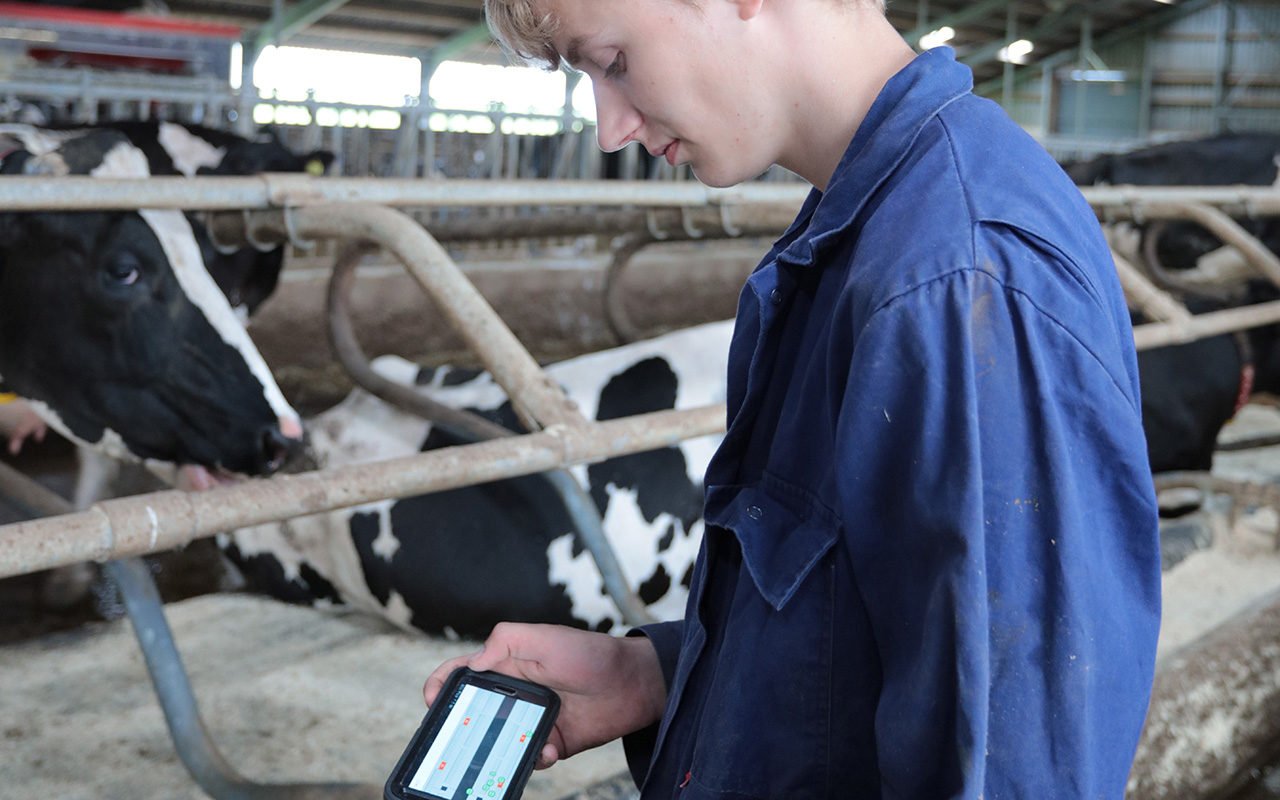
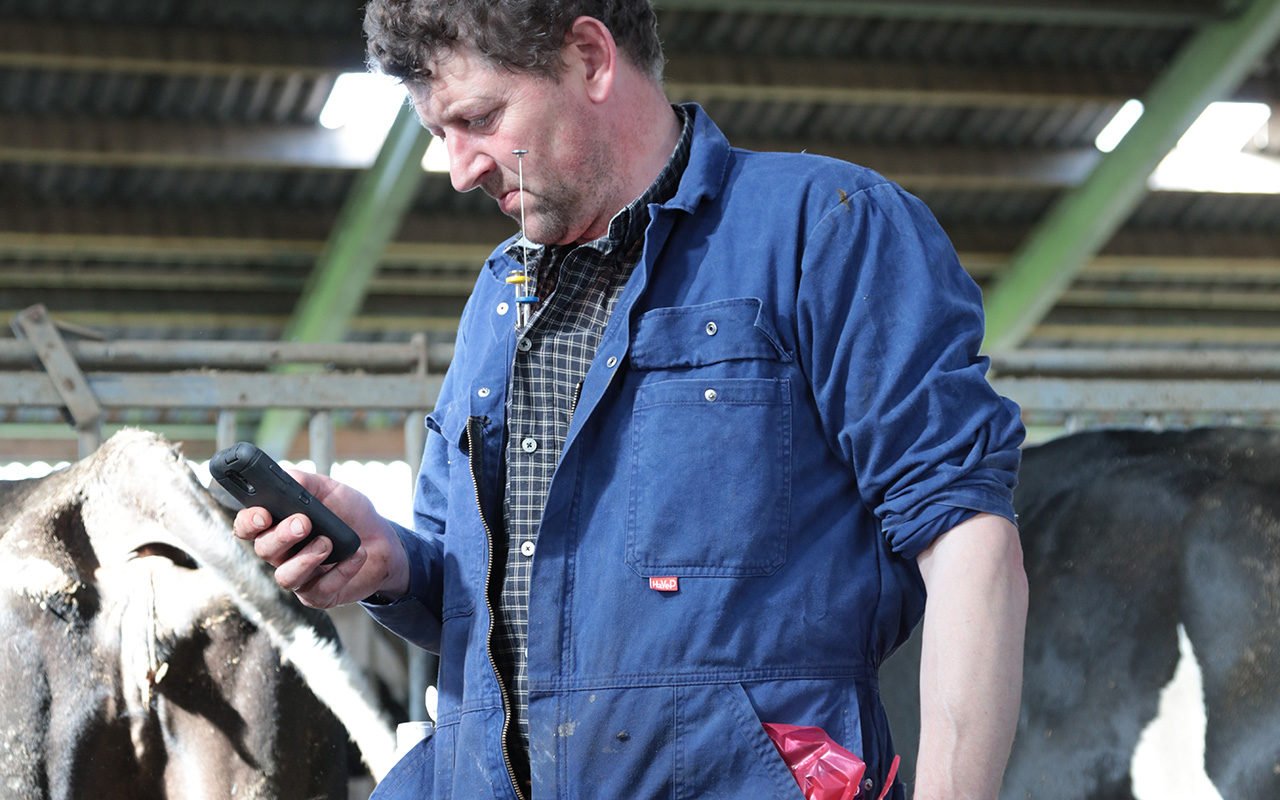
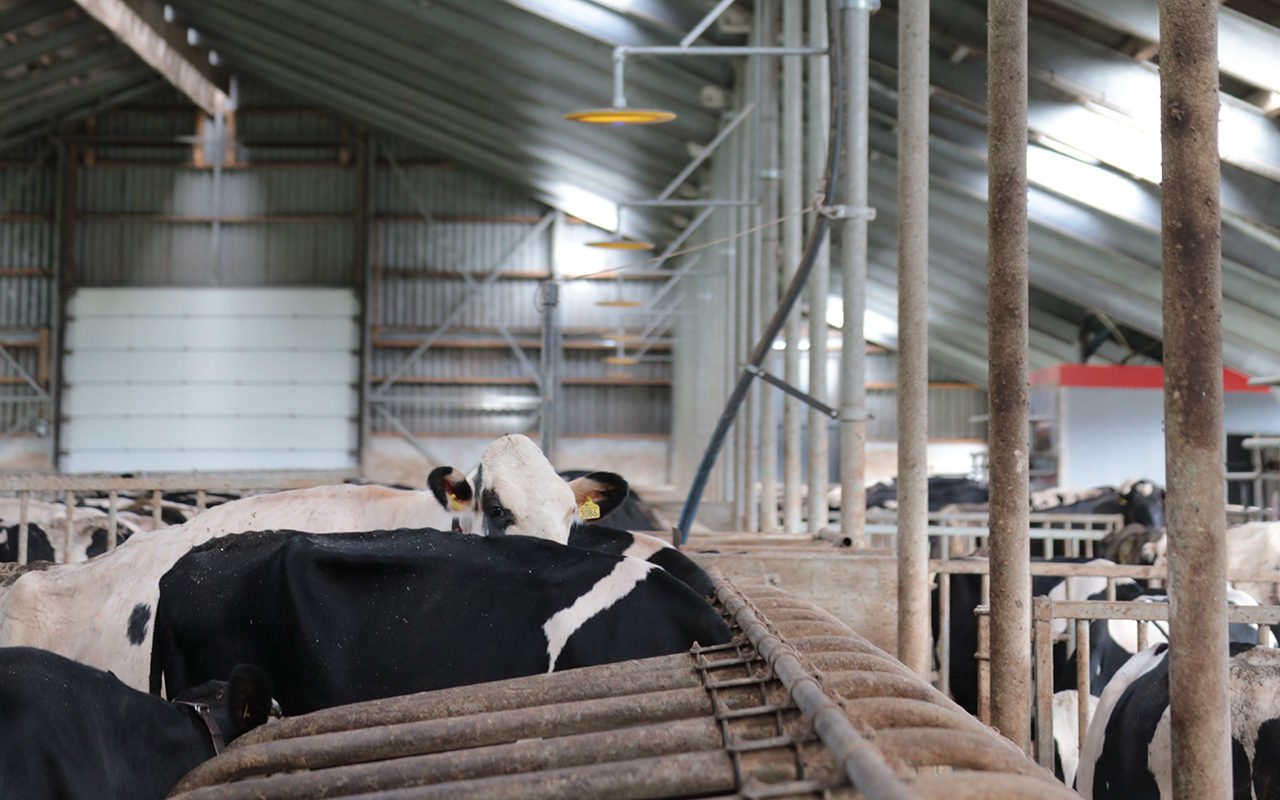
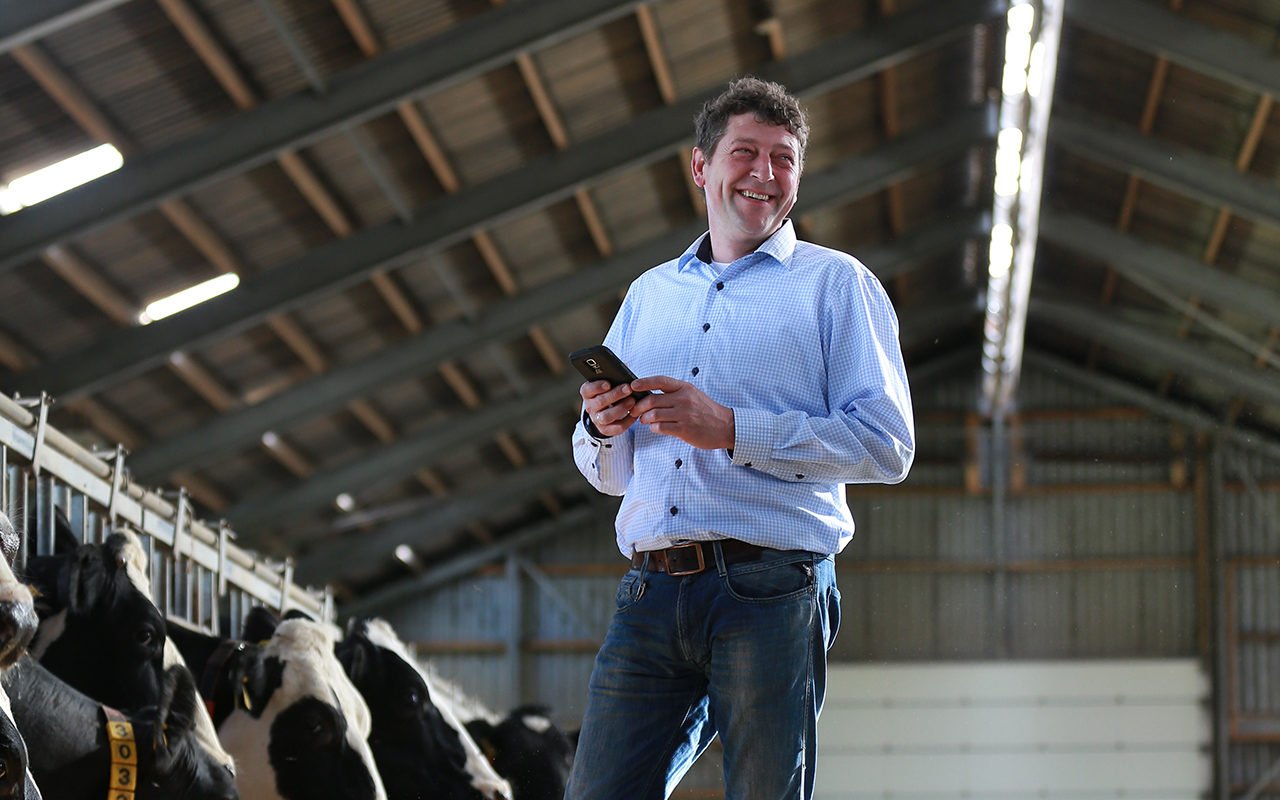
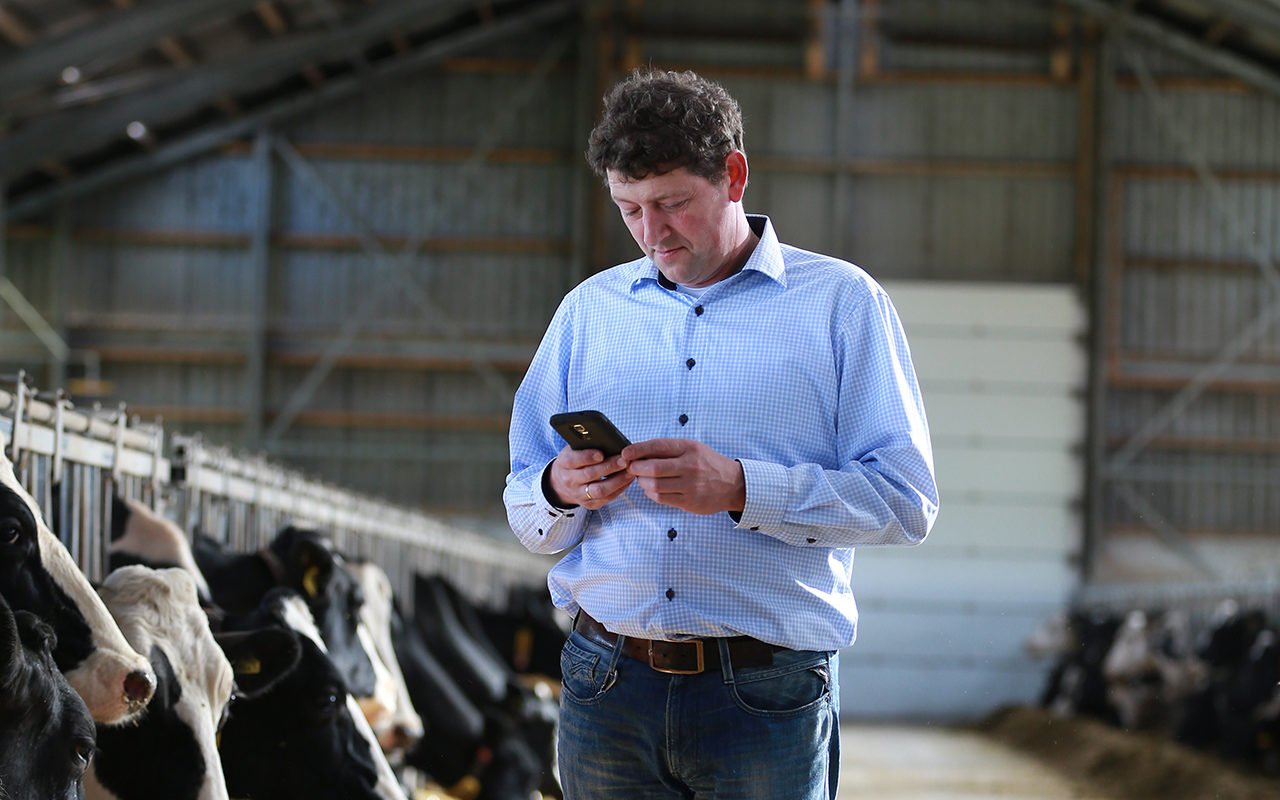
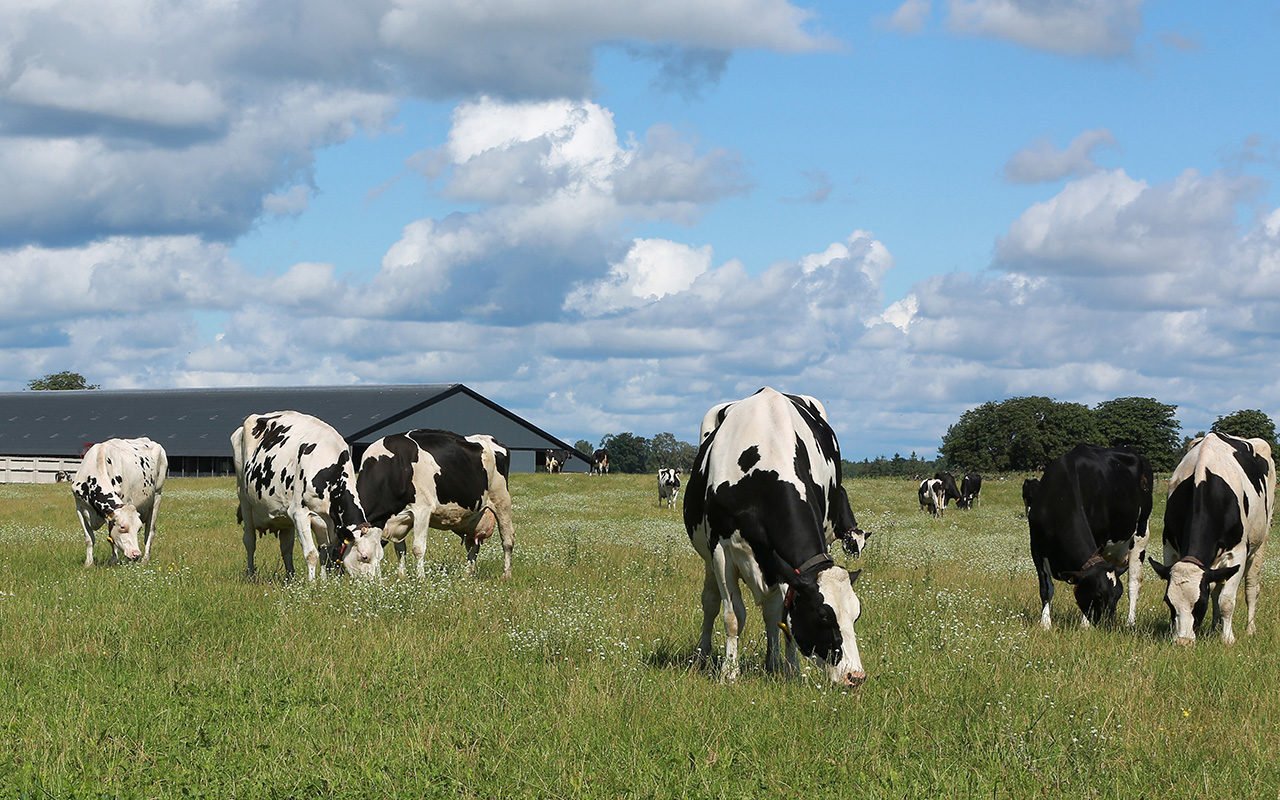
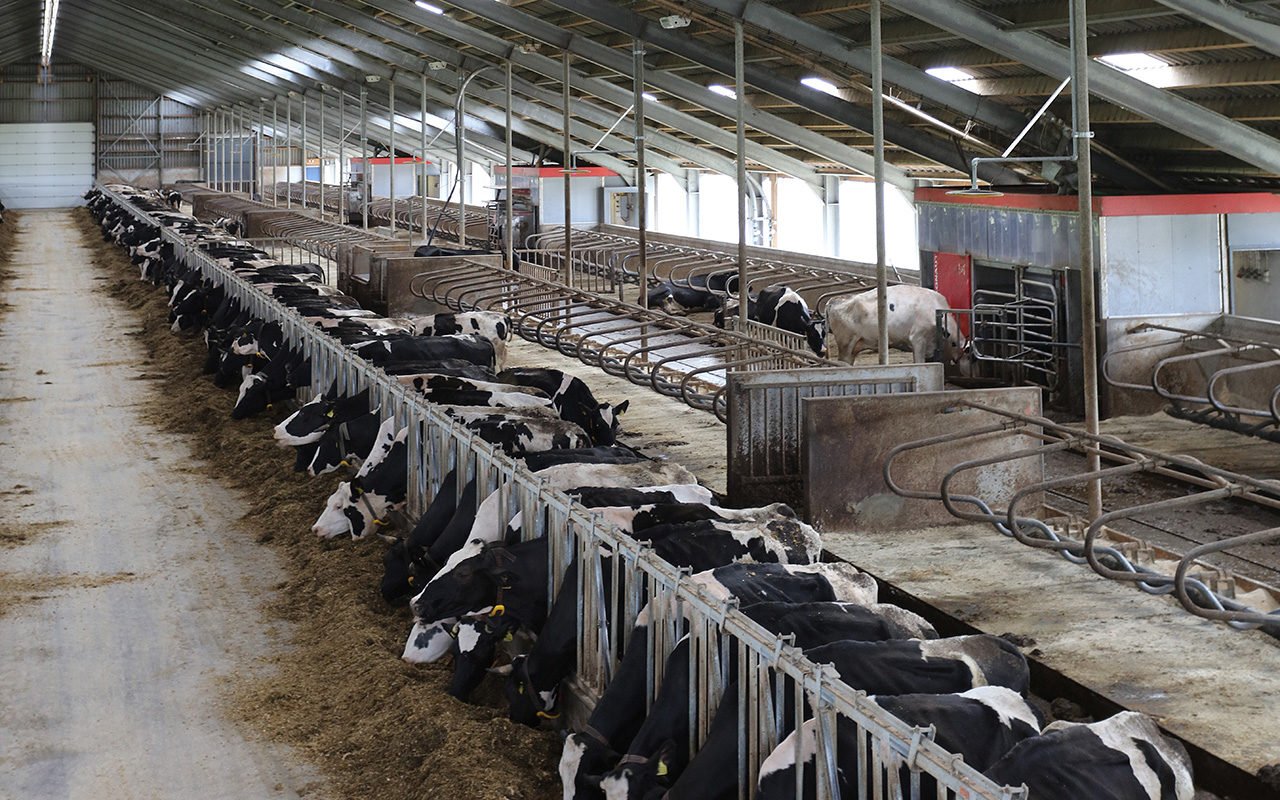
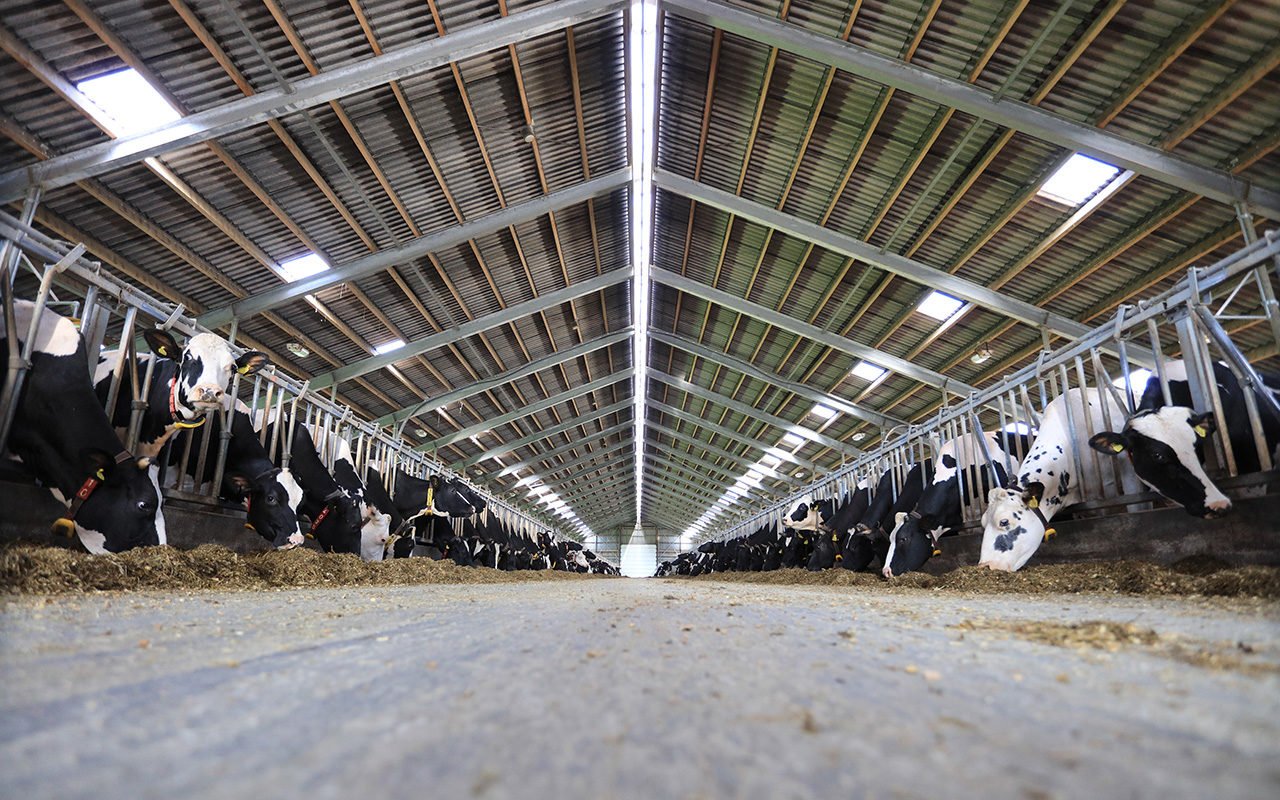
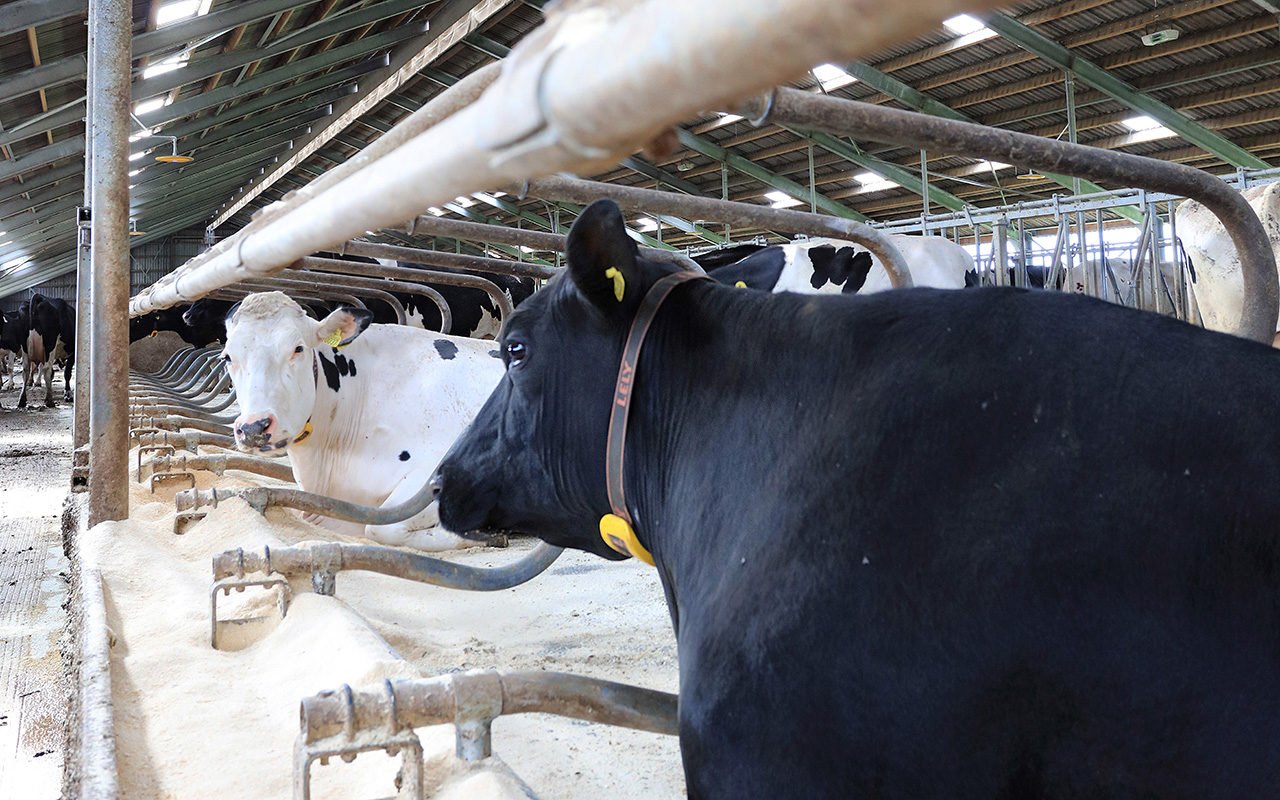
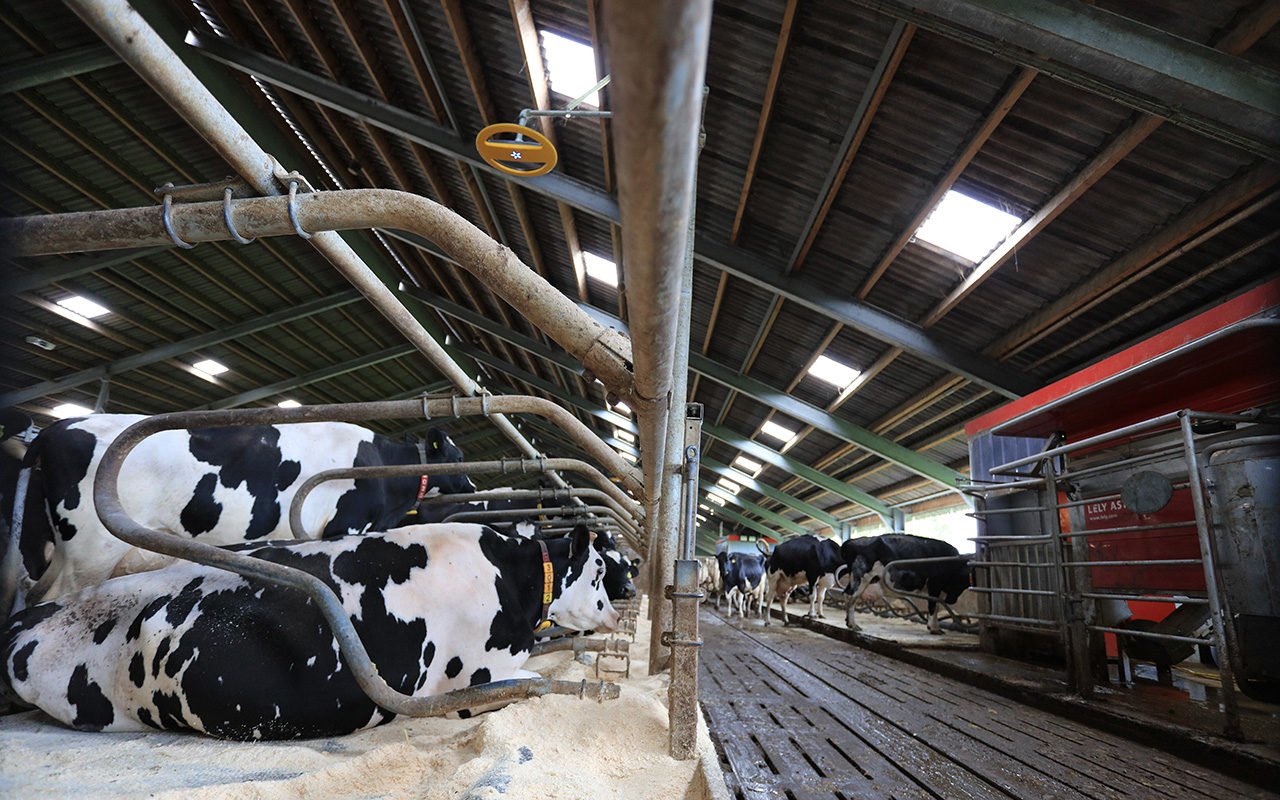
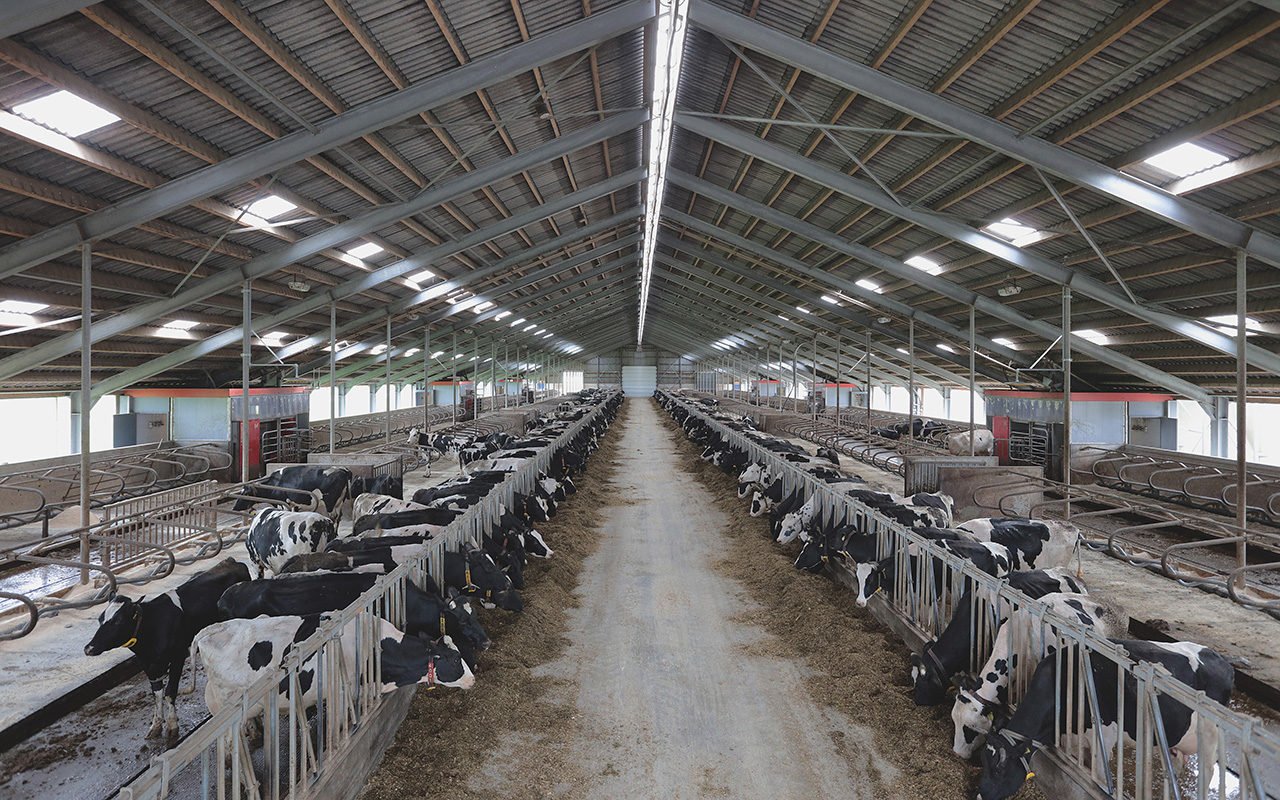
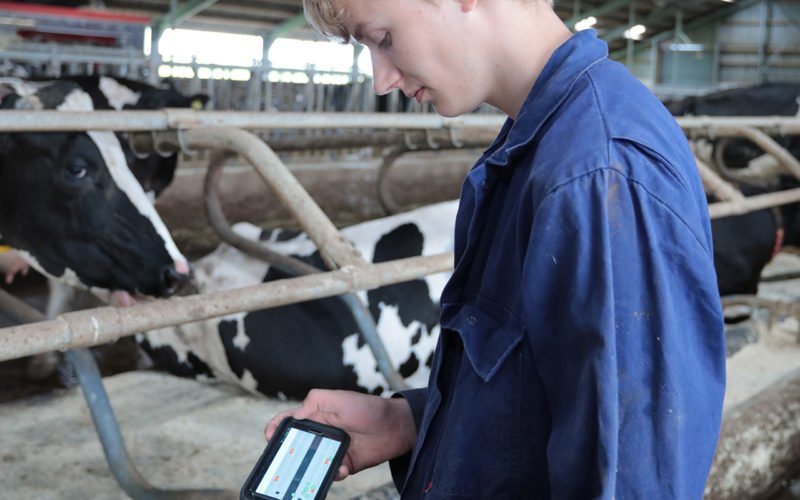
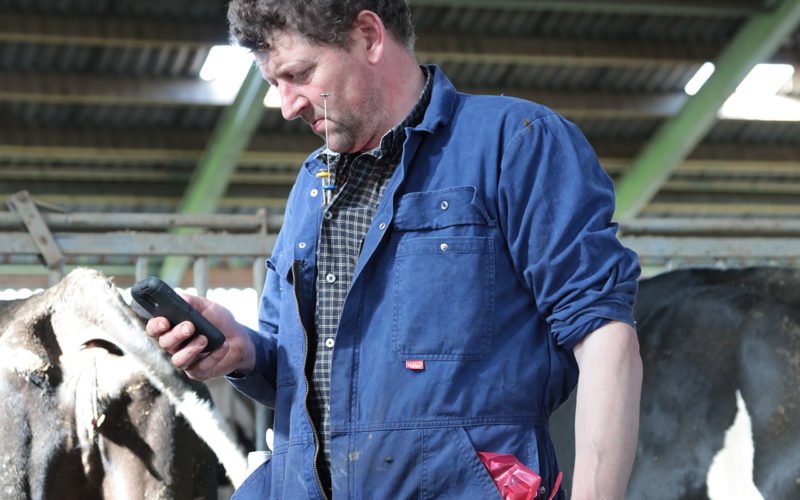
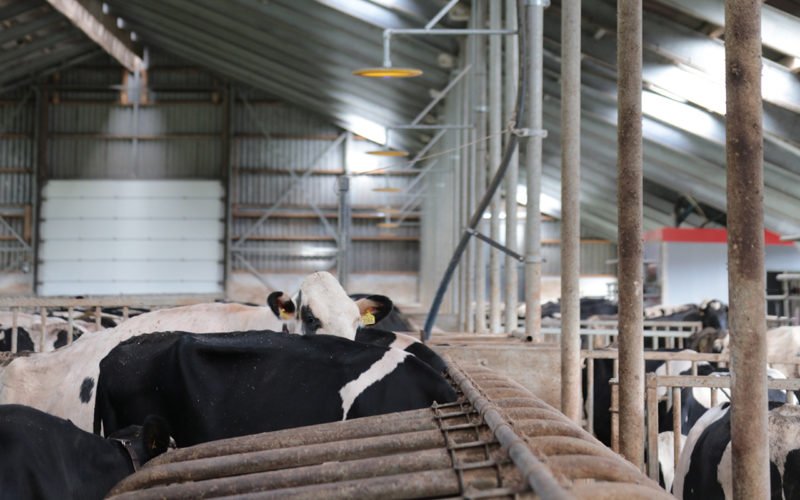
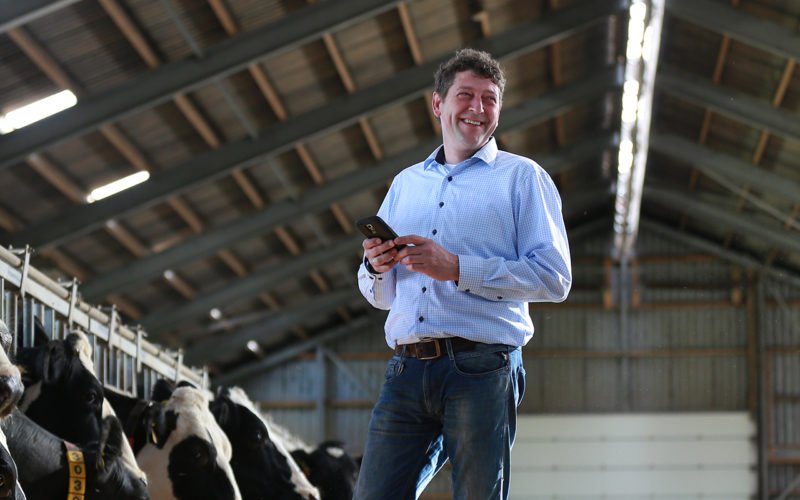
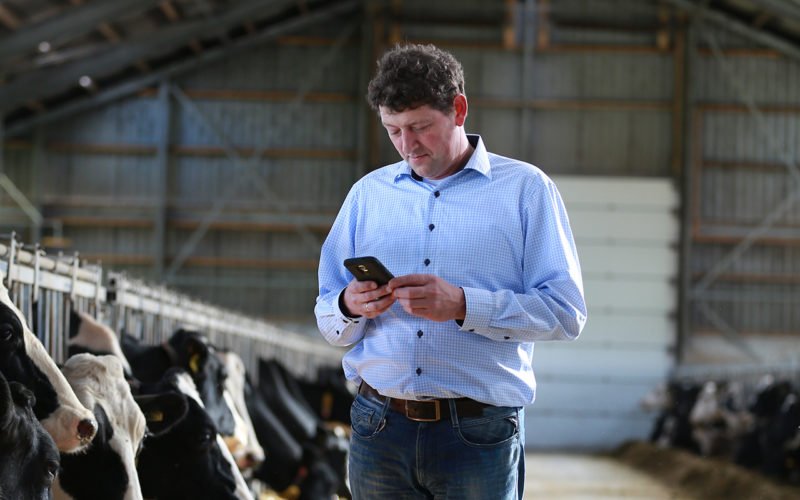
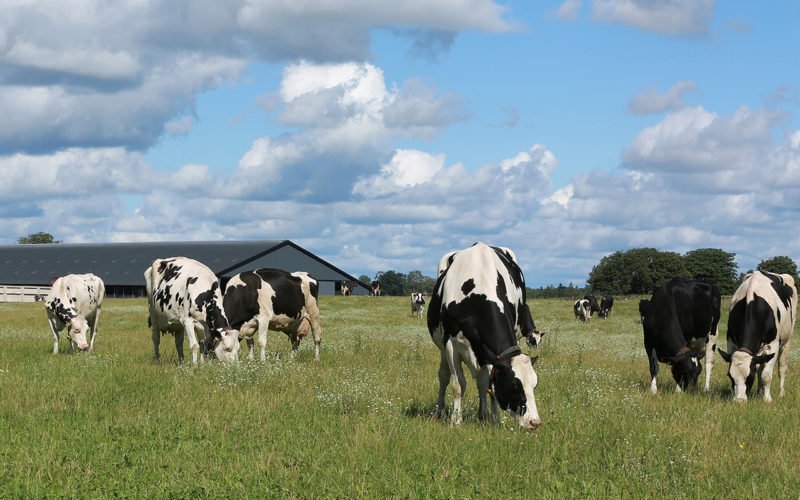
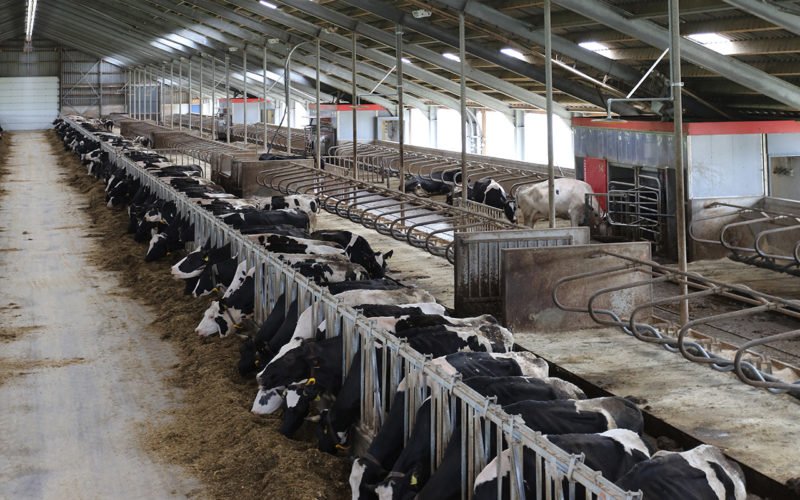
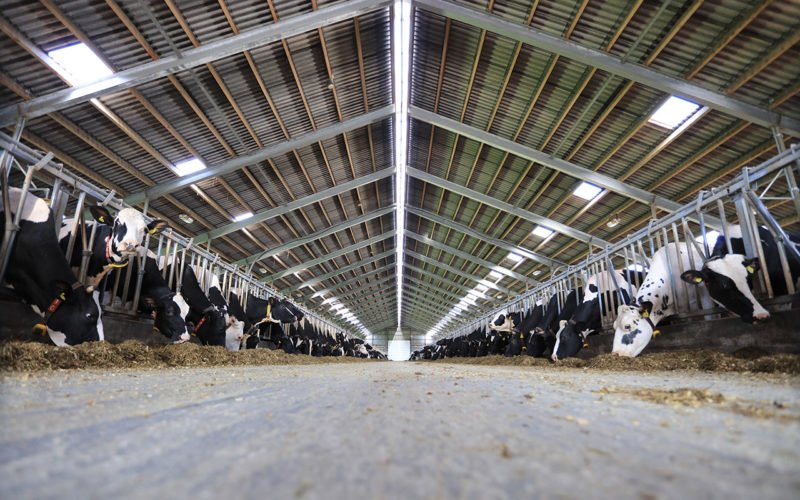
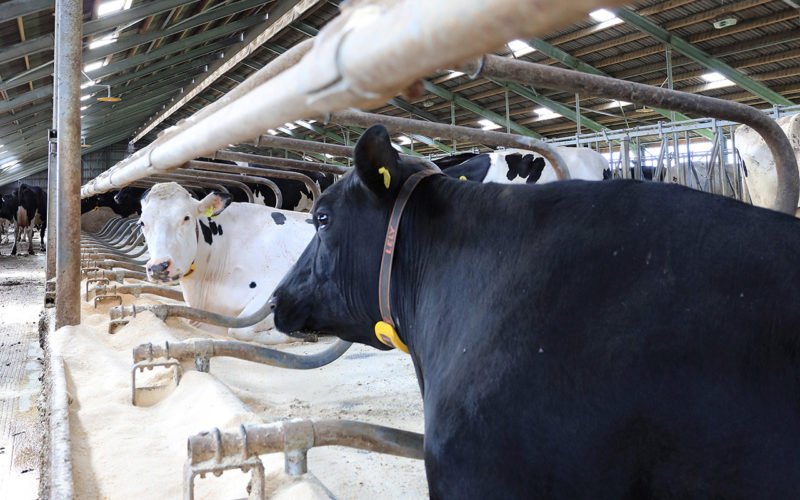
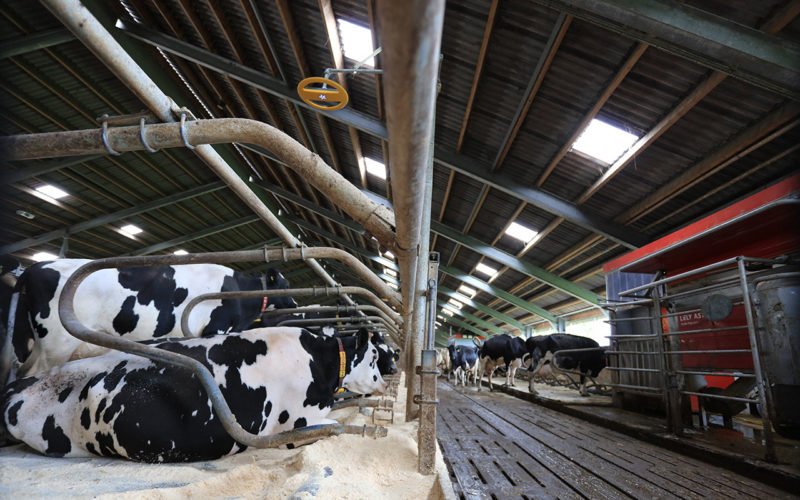
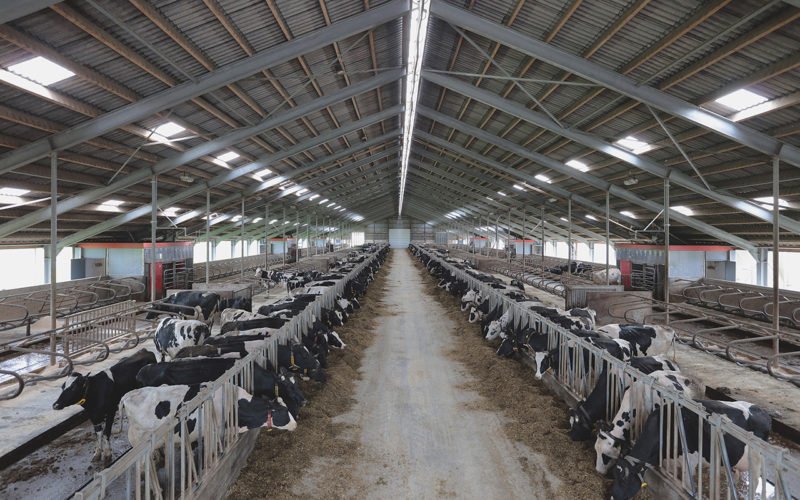
Search results for: ''
There are no results matching your criteria. Please try again with different criteria.